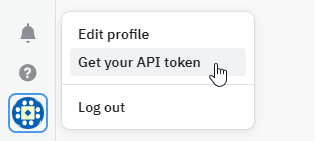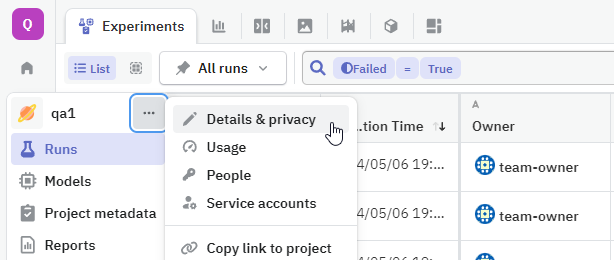Getting started#
Neptune is joining OpenAI
Neptune has entered into a definitive agreement to be acquired by OpenAI, subject to closing conditions.
We will wind down the hosted (SaaS) service after a 3‑month transition period ending on March 4th, 2026. Self-hosted customers have been contacted by their account manager to work on a smooth transition path.
For information and instructions, visit the Transition Hub on the main documentation site.
The following is a quick procedure for getting set up in a typical environment. Fore more installation details, see Install Neptune.
-
Install the Neptune client library:
-
Set your Neptune API token to the
NEPTUNE_API_TOKENenvironment variable.
To have API tokens for sharing or non-human accounts, you can create a service account.
-
Set the name of your Neptune project to the
NEPTUNE_PROJECTenvironment variable.You can copy the full name in your project's Details & privacy menu.

For more detailed instructions, see the pages in the left menu.
All set
You can now import Neptune in your code and start logging.
-
We don't recommend it, but you can also pass your info when initializing Neptune:
Neptune also integrates directly with the most popular ML frameworks. Instead of manual logging, you can use the integrations to log typical metadata. For more, see Integrations
Next steps:
- Do the Quickstart to run a basic logging example.
- See Add Neptune to your code for beginner tips.
- View how-to guides and examples of Using Neptune